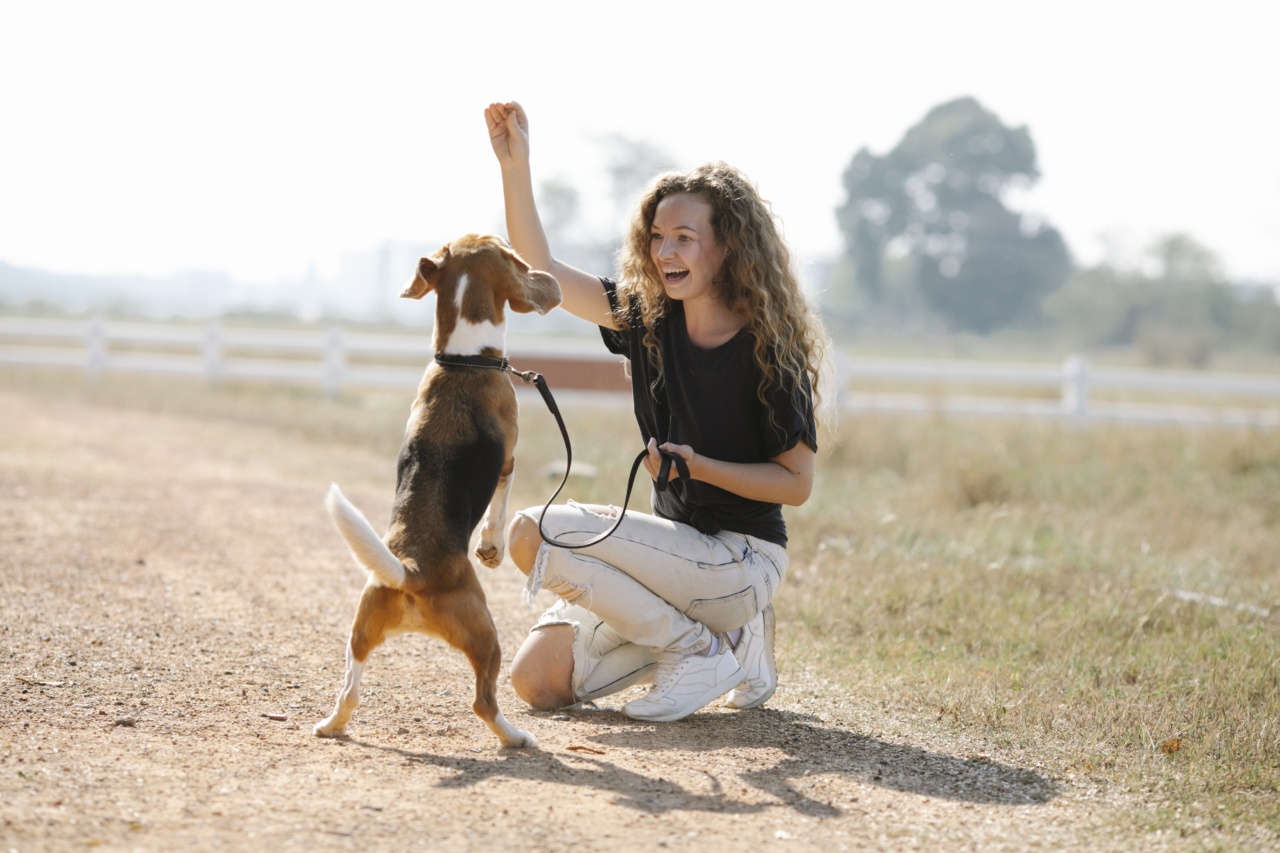Having a canine companion is a wonderful and fulfilling experience. Dogs bring immense joy, love, and loyalty into our lives.
However, in order to ensure a harmonious coexistence with our furry friends, training becomes a crucial aspect of responsible dog ownership. Training not only helps to establish a strong bond between you and your dog, but it also provides numerous benefits for both their well-being and your peace of mind.
In this article, we will explore the importance of training your canine companion and how it can enhance your relationship with them.
1. Establishing Safe Household Rules and Boundaries
Training your canine companion allows you to establish rules and boundaries within your household. Dogs, especially when they are young, often do not understand what behavior is acceptable and what is not.
By teaching them basic commands like “sit,” “stay,” and “leave it,” you are setting clear guidelines for their behavior, ensuring their safety and the safety of your belongings. These commands provide your dog with a sense of structure and enable you to establish a well-balanced and respectful relationship.
2. Ensuring the Safety of Your Dog and Others
Training your canine friend helps to ensure their safety as well as the safety of others they interact with. A well-trained dog is less likely to engage in aggressive or unruly behavior, reducing the risk of incidents or accidents.
Imagine being able to confidently walk your dog in public spaces, knowing that they will respond to your commands if a potentially harmful situation arises. By training your dog to come when called or to walk calmly on a leash, you can prevent them from running into dangerous situations or causing harm to others.
3. Building a Strong Bond and Trust
Training is a valuable opportunity to strengthen the bond between you and your four-legged friend. When you invest time and effort into training sessions, you are not only teaching your dog new skills but also building a foundation of trust.
Dogs are innate pack animals and instinctively look for a leader to follow. By assuming the role of a fair and consistent leader, you strengthen your dog’s trust in you, which is vital for a healthy and loving relationship.
4. Enhancing Communication
Training facilitates effective communication between you and your canine companion. Dogs use various forms of communication, such as body language and vocalizations, to express their needs and emotions.
Through training, you can teach your dog to understand commands and signals, enabling you to communicate your expectations clearly. Understanding and responding to your dog’s signals becomes a two-way street, enhancing your ability to meet their needs and address any concerns they may have.
5. Preventing Behavioral Issues
Training plays a significant role in preventing behavioral issues in dogs. When dogs do not receive proper training and guidance, they often develop problem behaviors such as excessive barking, destructive chewing, or aggression.
These behavioral issues can strain your relationship with your dog and cause distress for both of you. However, with consistent training, you can address and prevent these unwanted behaviors, creating a calm and well-mannered companion.
6. Stimulating Your Dog’s Mind
Training sessions provide mental stimulation for your canine companion. Dogs are intelligent creatures that thrive on mental challenges and stimulation.
Engaging in training exercises helps to keep their minds active and prevents boredom, which can lead to destructive behaviors. Training presents an opportunity for your dog to learn new skills, solve puzzles, and use their cognitive abilities, ultimately improving their overall well-being.
7. Fostering Socialization Skills
Training your dog is a foundation for socialization. Dogs need to be exposed to different environments, people, and animals to develop proper socialization skills.
Through training, you can teach your dog how to behave appropriately in various situations and around other dogs and people. This helps to ensure that your canine companion remains friendly and well-mannered when interacting with others. Socialization not only enhances their quality of life but also creates a sense of ease and confidence in unfamiliar situations.
8. Facilitating Vet Visits and Grooming
Training your dog also helps to ease visits to the veterinarian or grooming salon. Many dogs experience anxiety or fear during these activities, making it challenging for both them and their human companions.
However, through training, you can familiarize your dog with common grooming procedures, such as nail trims or teeth brushing, as well as routine veterinary examinations. By creating positive associations and practicing desensitization techniques, you can make these experiences less stressful for your furry friend.
9. Providing Mental and Physical Exercise
Training serves as an additional avenue for physical and mental exercise for your dog. Dogs have an abundance of energy that needs to be directed in a constructive manner.
Incorporating training exercises into their daily routine ensures that they are mentally engaged and physically active. Engaging in training activities not only tires them out, making them less prone to undesirable behaviors but also helps to strengthen their muscles and overall fitness.
10. Promoting Responsible Dog Ownership
Finally, training your dog promotes responsible dog ownership. By investing time and effort into training, you demonstrate that you are committed to raising a well-behaved and well-adjusted dog.
As responsible dog owners, we have a responsibility to our dogs, other animals, and the community to ensure that our pets are well-behaved and under control. By setting a positive example and actively training your dog, you contribute to creating a safer and more enjoyable environment for everyone.


























